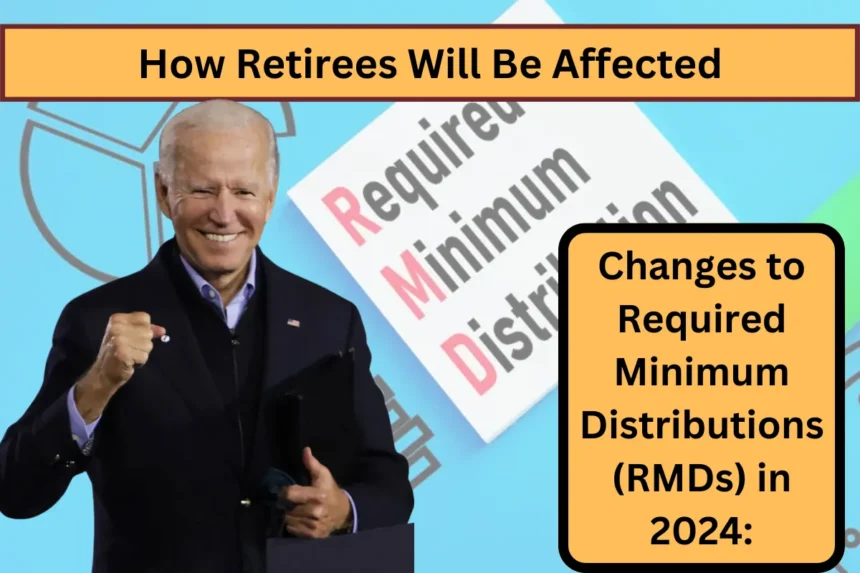Saving for retirement is essential, but your job isn’t over once you retire. It’s crucial to understand how your retirement accounts work to avoid financial issues. One important aspect is knowing about Required Minimum Distributions (RMDs) from your retirement accounts. Mistakes in handling RMDs can lead to fines and penalties. Let’s dive into what RMDs are and what you need to know about them.
Understanding Required Minimum Distributions (RMDs)
What Are RMDs?
A required minimum distribution (RMD) is the smallest amount you must withdraw from your retirement accounts each year. The Secure 2.0 Act recently changed the RMD age from 72 to 73, meaning that retirees now have larger RMDs due to stock market gains and more people retiring.
Impact of Secure 2.0 Act
Fidelity Investments, a major financial firm, predicts that its total RMDs will hit $25 billion this year. According to Rita Assaf, vice-president of retirement products at Fidelity, the high stock market performance at the end of 2023 and the increase in eligible retirees contribute to this record amount.
Four Key Facts About RMDs
1. Taxation of RMDs
RMDs are considered ordinary income and are subject to federal and state taxes. This increase in your adjusted gross income (AGI) can push you into a higher tax bracket, possibly increasing your Medicare premiums and making your Social Security benefits taxable. Planning for these taxes is crucial to avoid unexpected financial burdens.
2. Penalties for Not Taking RMDs
Failing to withdraw the required amount or missing the RMD deadline results in a 25% penalty on the amount you should have withdrawn. The IRS may reduce this penalty to 10% if you correct the mistake within two years. However, you will still need to withdraw the amount and pay taxes on it.
3. Inevitability of RMDs
When you turn 73, you must take RMDs by December 31 each year. While you can’t avoid RMDs, you can place the withdrawn money in a high-yield savings account or reinvest it in other assets to continue growing your wealth. Some retirees choose to donate their RMDs to charity, which can also help offset taxes.
4. Roth IRA Exemption from RMDs
Roth IRAs do not require RMDs since contributions are taxed upfront, and investment gains are tax-free if you’re at least 59½ years old and have owned the account for at least five years. The only exception is if the Roth IRA is inherited.
Special Considerations
If you’re still working at age 73 and have an employer-sponsored retirement plan, you’re not required to take RMDs from that plan. However, this exemption does not apply to retirement plans from previous employers. If your current employer’s plan mandates distributions at RMD age or if you own more than 5% of the business, you will need to take RMDs.
Five Frequently Asked Questions (FAQs)
1. When do I need to start taking RMDs?
You need to start taking RMDs at age 73, thanks to the Secure 2.0 Act.
2. How are RMDs taxed?
RMDs are taxed as ordinary income, affecting your AGI and potentially your tax bracket, Medicare premiums, and Social Security benefits.
3. What happens if I don’t take my RMD on time?
Failing to take your RMD on time results in a 25% penalty on the required amount, though this can be reduced to 10% if corrected within two years.
4. Are Roth IRAs subject to RMDs?
No, Roth IRAs are not subject to RMDs unless the account is inherited.
5. Can I avoid RMDs if I’m still working?
Yes, if you’re still working at age 73 and have an employer-sponsored retirement plan, you don’t need to take RMDs from that plan, unless your employer’s plan requires it or you own more than 5% of the business.
Understanding RMDs is crucial for managing your retirement funds effectively. Proper planning can help you avoid penalties, manage your tax liability, and make the most of your hard-earned savings. Always stay informed about changes in retirement laws to ensure you’re making the best decisions for your financial future.

